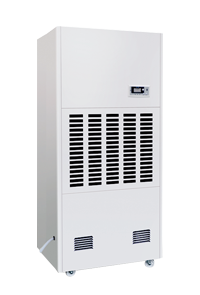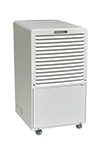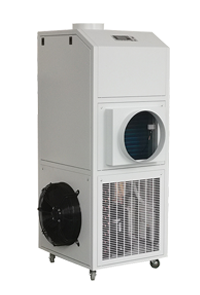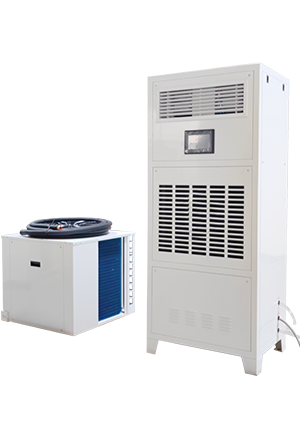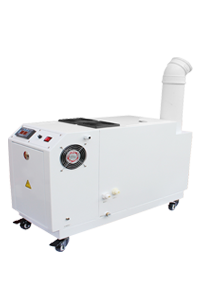News
Preserving the integrity of artworks, historical documents, and rare artifacts requires meticulous environmental control. Among the key factors, humidity management plays a critical role in preventing irreversible damage caused by mold growth, corrosion, and material degradation. Ceiling mounted dehumidifiers have emerged as a reliable and discreet solution for maintaining stable humidity levels in museums and archival facilities, where preservation and presentation must coexist harmoniously.
Unlike portable or floor-standing units, ceiling mounted dehumidifiers offer a space-saving design that integrates seamlessly into existing HVAC systems or suspended ceilings. Their elevated installation not only keeps valuable floor space clear but also ensures uniform air circulation throughout the room. This is particularly beneficial in storage rooms and exhibition galleries where air movement consistency is essential for protecting sensitive materials.
These advanced systems are equipped with intelligent humidity sensors and programmable controllers, allowing precise regulation within narrow humidity ranges—typically between 45% and 55% relative humidity. Such precision helps prevent paper from becoming brittle, canvases from warping, and metallic components from oxidizing. Moreover, many modern ceiling dehumidifiers feature low-vibration and low-noise operation, making them ideal for quiet gallery environments.
In addition to performance, maintenance efficiency is another key advantage. Most ceiling mounted units are designed with easy access panels and automatic drainage systems, minimizing maintenance downtime. Some models also include HEPA filters or air purification functions, further enhancing indoor air quality for both artifacts and visitors.
As museums and archives continue to adopt sustainable building practices, energy-efficient ceiling mounted dehumidifiers with eco-friendly refrigerants are becoming increasingly popular. By combining effective humidity control, minimal visual impact, and long-term reliability, these systems are helping cultural institutions safeguard their priceless collections for future generations.


